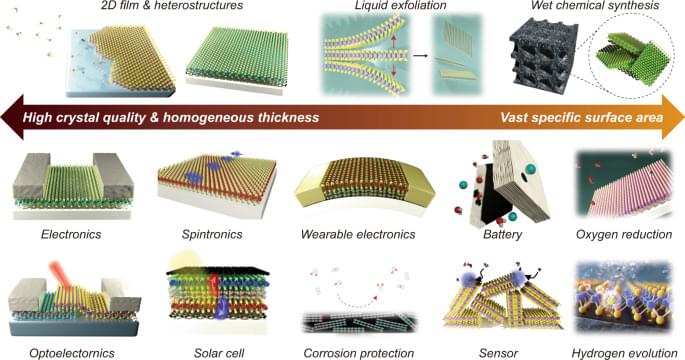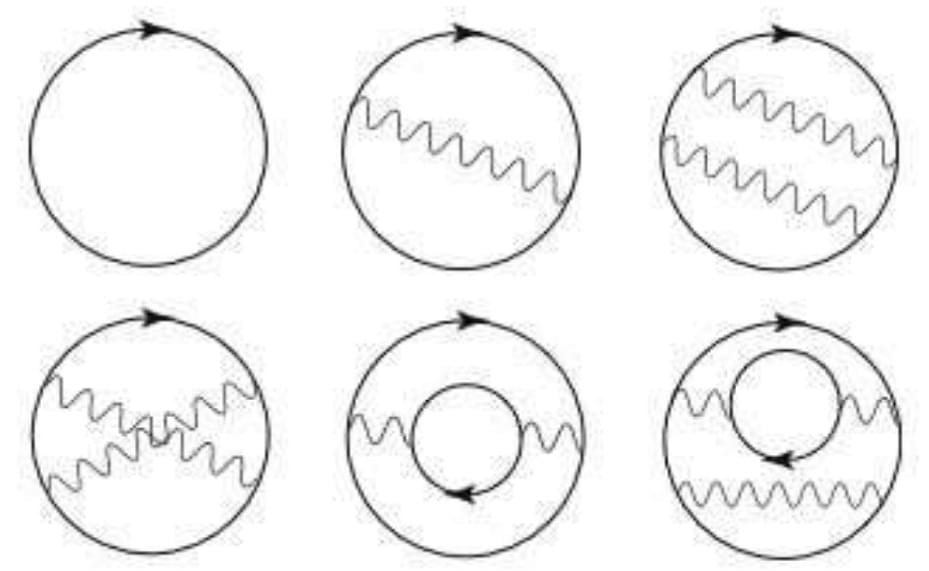NASA
That spot of oil on the garage floor dripping from your engine indicates a problem. It’s so small that you put off going to the mechanic, until you hear a new noise and the oil pressure warning light goes off. The bad news is that one of the bearings in the crankshaft is the source of the issue. Due to wear, the normally round part is now more elliptical in shape. Some of the metal has worn away, landing you with a costly repair.
This kind of wear on engine components is common because of friction, and it happens in all machinery with moving parts. Lubricants that reduce friction can only delay and minimize this inevitable damage. The idea of reversing that wear by fixing a worn part was the dream of Washington State University PhD candidate Pavlo “Pasha” Rudenko, who decided to research using smart nanoparticles to replace eroded material.









